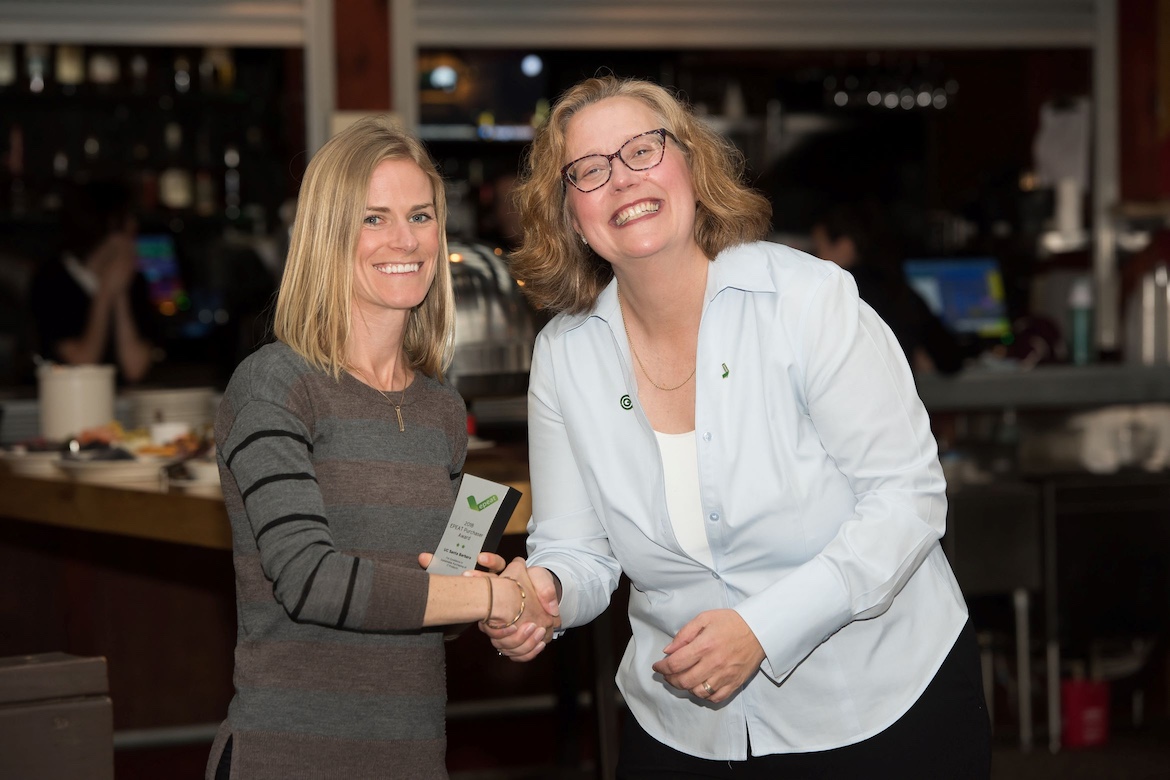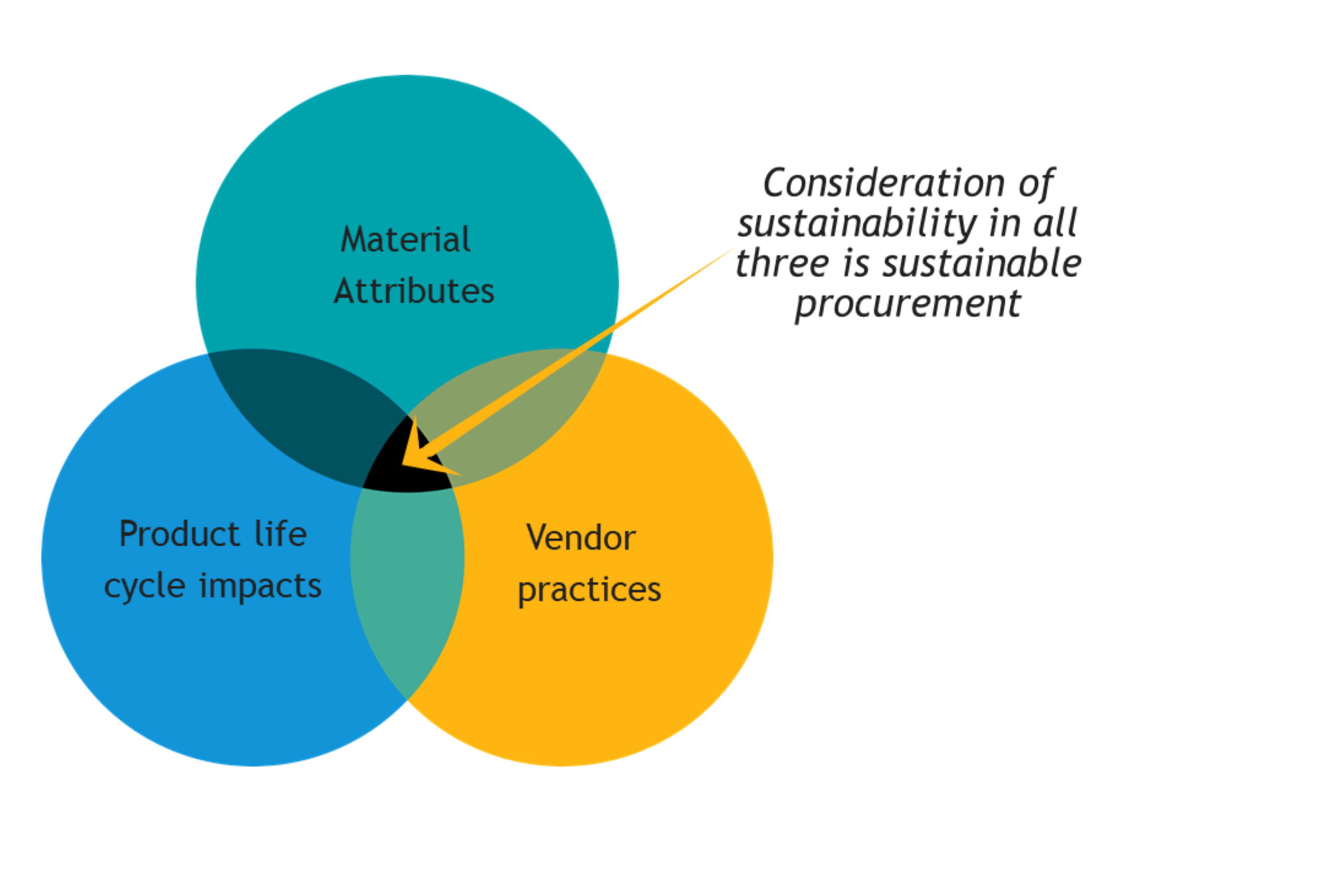A University’s purchasing can account for 40% of its total greenhouse gas emissions. These supply chain emissions can be larger than all other direct and indirect emissions sources measured. The UN Global Marketplace says procurement is sustainable “when it integrates requirements, specifications and criteria that are compatible and in favor of the protection of the environment, of social progress and in support of economic development, namely by seeking resource efficiency, improving the quality of products and services and ultimately optimizing costs.”

Green Spend Progress
July 25, 2024 - UC Santa Barbara was recognized with its fourth EPEAT Purchaser Award, which celebrates leaders in sustainable electronics procurement. The award comes from the Global Electronics Council (GEC), the non-profit organization that manages the EPEAT ecolabel. EPEAT allows UC Santa Barbara to efficiently address the lifecycle impacts of the electronics we purchase, including computers, displays, printers, copiers, network equipment, mobile phones, servers, photovoltaic modules, inverters, and televisions. Review UC Santa Barbara’s sustainability impact report for electronics purchased in FY2023.

Sustainable Purchasing Tools
UC Santa Barbara strives to offer tools to assist campus in achieving its sustainable procurement goals. These tools include Sustainable Shopping Lists curated to show products that comply with the UC's Green Spend Criteria, and a Supplier Scorecard tool, aimed at helping drive improvement throughout our supply chain. Read purchasing tips for department buyers.
Procurement Newsletter Tips
Stay up to date with new initiatives and announcements in Sustainable Procurement by viewing past Sustainability articles in the Procurement Post, or checking out the Sustainable Procurement News page.
Supply Chain Spend
Impact Analysis
Using an economic input-output life cycle assessment methodology, a Bren graduate student evaluated the environmental impacts of 2017 food purchases by UCSB’s residential dining services in order to make lower-impact purchases in the future.
75%
Certified Green Cleaning
UCSB maintains a Low-Environmental Impact Cleaning Policy for all LEED buildings, and has a goal of purchasing 75% third-party certified green cleaning products.
Waste-free
Restrooms
With support from the Green Initiative Fund, paper towel dispensers are being replaced with energy-efficient electric hand dryers to save waste, water, and CO2!
